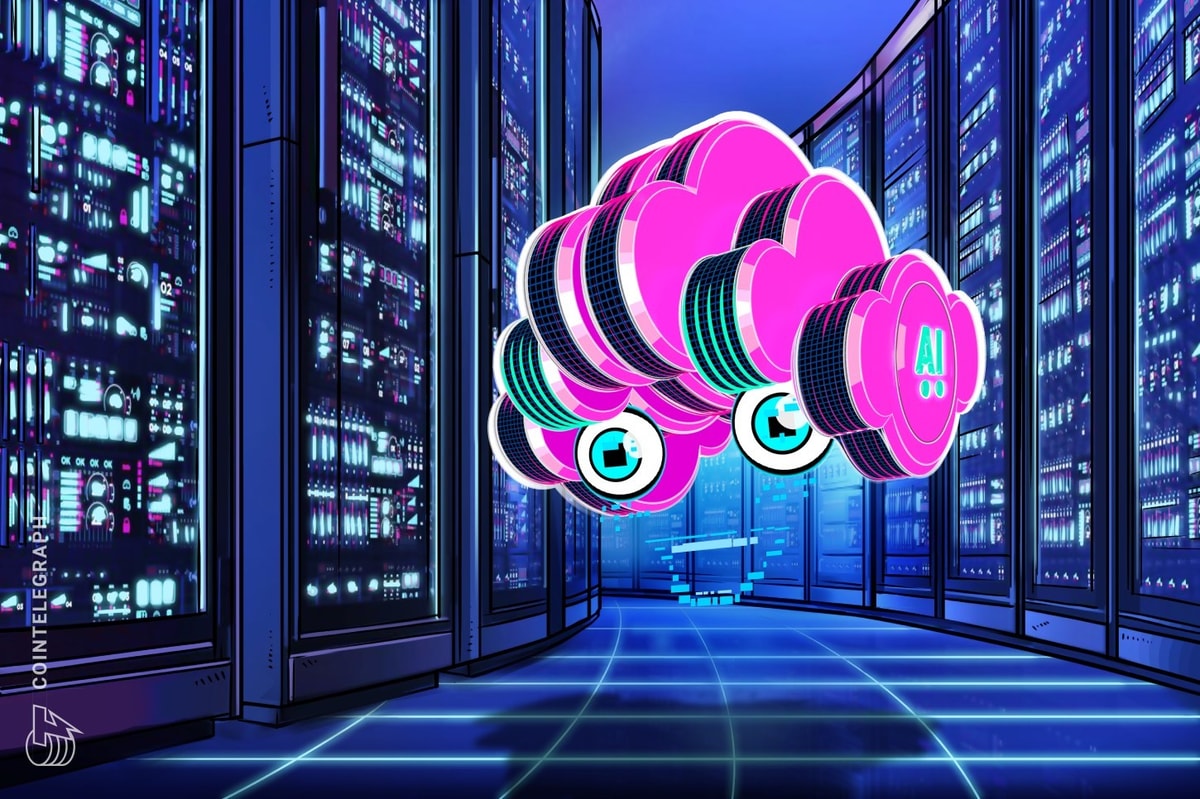Everywhere the metaverse is expanding. It will become a major trend in the technology sector in the upcoming years. Although the metaverse itself is nothing, its technologies give it life.
The metaverse is a persistent, open, and shared virtual space in which users can exist as digital avatars. The metaverse is built on the idea that users can perform any action in the virtual world that they can in the physical one. However, the metaverse is still in its early stages, though. While B2C businesses continue to establish a presence in the Metaverse, a fully functional virtual reality is still a few stoplights away.
Top 5 technologies that power the Metaverse
Virtual and augmented reality
Immersive gaming has long made use of augmented reality (AR) and virtual reality (VR). It is clear how these technologies are used in the Metaverse, and both the Metaverse and immersive technology will develop further. With advancements in wearable technology, you can add full-body sensors to AR and VR technology to create an immersive experience.
In the past few years, VR has become more crucial due to the demand for a safe distance. In order to allow attendees to attend and interact with others just like they would in real life, several in-person events were VR-enabled. Despite still being in its infancy, augmented reality is a more user-friendly option for immersive experiences. Augmented reality adds virtual elements to the user’s real-world surroundings rather than creating an entirely virtual environment.
Blockchain
Blockchain technology will be used to power the Metaverse. The technology that underpins cryptocurrencies like Bitcoin and Ethereum is called a blockchain. Blockchain is a distributed, decentralized ledger that publicly and chronologically records transactions. This renders it secure and tamper-proof. In the Metaverse, assets will be purchased, sold, and traded using cryptocurrencies. They are it already.
Hybrid and distributed cloud environments
The adoption of cloud computing makes complete sense given that hosting 3D environments requires significant computing and storage resources. Cloud computing companies like AWS, Azure, Oracle Cloud, and Google Cloud Platforms may offer a more optimized cloud environment for the Metaverse, depending on how widely used the Metaverse and its offerings are.
Making sure that users’ experiences are not harmed by bandwidth restrictions and internet connectivity outages is one of the major challenges facing Metaverse cloud providers. Furthermore, it is a given that the requirements of the Metaverse will extend to the secure storage of personally identifiable information, which is a requirement of nearly every nation.
Artificial intelligence
Introducing artificial intelligence is unnecessary. For many years, it has been the focus of our culture. Interest in and investments in this technology have significantly increased over the past few years. This year, the AI market will generate $62 billion, as predicted by Gartner. AI will be used in the Metaverse for many different purposes, including making digital avatars, handling payments, and managing resources. For instance, you can create a digital avatar in Decentraland using the Ava app. The app creates a 3D model of your face using AI.
Web 3.0
It is the next iteration of the internet, to put it simply. The web is now smarter, easier to use, and safer. Web 2.0, the current web, is built on centralized programs like Facebook and Google. It will be decentralized in Web 3.0. There won’t be a single point of control or failure as a result. On Web 3.0, the Metaverse will be constructed. Instead of being kept on a single server, the data will be spread out among a network of computers.
Also Read: Top 5 Metaverse Predictions For 2023
The presented content may include the personal opinion of the author and is subject to market condition. Do your market research before investing in cryptocurrencies. The author or the publication does not hold any responsibility for your personal financial loss.
Read More: news.google.com









 Bitcoin
Bitcoin  Ethereum
Ethereum  Tether
Tether  XRP
XRP  Solana
Solana  USDC
USDC  Dogecoin
Dogecoin  Cardano
Cardano  TRON
TRON  Lido Staked Ether
Lido Staked Ether  Wrapped Bitcoin
Wrapped Bitcoin  Sui
Sui  Chainlink
Chainlink  Wrapped stETH
Wrapped stETH  Avalanche
Avalanche  Hyperliquid
Hyperliquid  Stellar
Stellar  Shiba Inu
Shiba Inu  Hedera
Hedera  LEO Token
LEO Token  Bitcoin Cash
Bitcoin Cash  Toncoin
Toncoin  Litecoin
Litecoin  Polkadot
Polkadot  Monero
Monero  USDS
USDS  WETH
WETH  Bitget Token
Bitget Token  Wrapped eETH
Wrapped eETH  Pi Network
Pi Network  Binance Bridged USDT (BNB Smart Chain)
Binance Bridged USDT (BNB Smart Chain)  Pepe
Pepe  Ethena USDe
Ethena USDe  Coinbase Wrapped BTC
Coinbase Wrapped BTC  WhiteBIT Coin
WhiteBIT Coin  Bittensor
Bittensor  Aave
Aave  Uniswap
Uniswap  Dai
Dai  NEAR Protocol
NEAR Protocol  Aptos
Aptos  OKB
OKB  Jito Staked SOL
Jito Staked SOL  Ondo
Ondo  BlackRock USD Institutional Digital Liquidity Fund
BlackRock USD Institutional Digital Liquidity Fund  Cronos
Cronos  Tokenize Xchange
Tokenize Xchange  Ethereum Classic
Ethereum Classic